Home>diy>Building & Construction>What Does Commissioning Mean In Construction
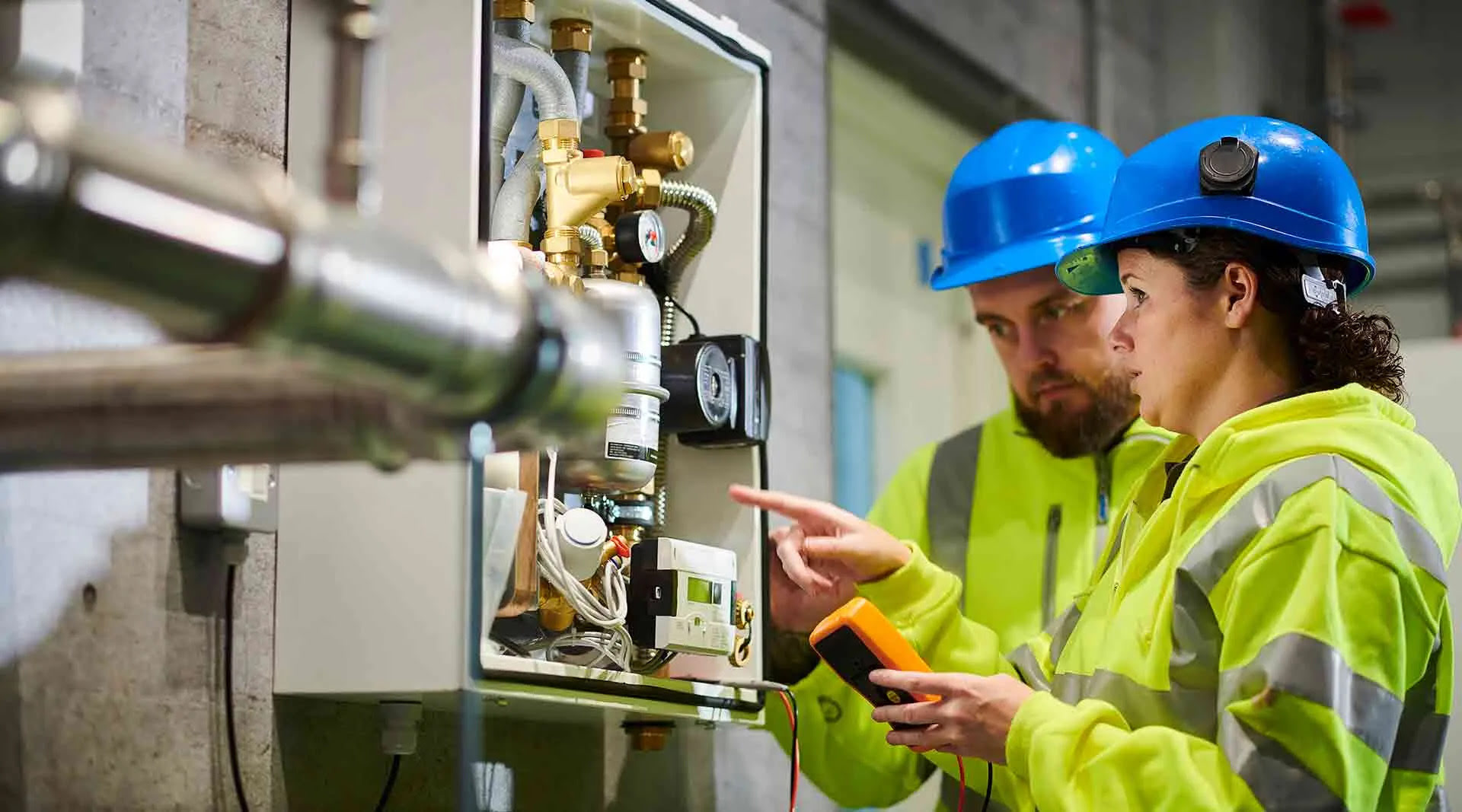

Building & Construction
What Does Commissioning Mean In Construction
Modified: January 5, 2024
Learn what commissioning means in the context of building construction and how it ensures proper functionality and performance of the completed project.
(Many of the links in this article redirect to a specific reviewed product. Your purchase of these products through affiliate links helps to generate commission for Storables.com, at no extra cost. Learn more)
Introduction
When it comes to the construction industry, there is an essential process that ensures the proper functioning and performance of a building after completion. This process is known as commissioning. Commissioning plays a vital role in ensuring that construction projects meet the desired standards and fulfill their intended purpose.
In simple terms, commissioning refers to the meticulous and systematic inspection, testing, and verification of a building’s systems and components to ensure they function safely, efficiently, and as intended. It involves a series of checks and balances to identify and address any potential issues and optimize the building’s performance.
Commissioning goes beyond the mere completion of construction projects. It is a comprehensive and collaborative process that involves various stakeholders, including architects, engineers, contractors, and facility management teams. Their collective efforts ensure that the building is ready for occupancy and operates smoothly throughout its lifecycle.
In this article, we will delve deeper into the concept of commissioning in construction, exploring its definition, importance, process, roles, benefits, challenges, and best practices. By understanding the significance of commissioning and its various aspects, you will gain valuable insights into enhancing the quality and functionality of construction projects.
Key Takeaways:
- Commissioning in construction ensures optimal building performance through systematic inspections, testing, and verification of systems and components, contributing to safety, efficiency, and sustainability.
- Effective commissioning offers improved system performance, reduced operational costs, and enhanced occupant satisfaction, but stakeholders must address challenges such as insufficient resources and communication to ensure success.
Definition of Commissioning in Construction
In the realm of construction, commissioning refers to a systematic process that ensures the proper installation, operation, and performance of a building’s systems and components. It involves a series of inspections, tests, and verifications to ensure that all the building’s systems, ranging from HVAC (heating, ventilation, and air conditioning) to electrical, plumbing, and fire protection systems, are functioning optimally.
Commissioning starts from the early stages of the project, during the design and specification phase, and continues through construction, completion, and occupancy. It focuses on both individual components and the interaction between different systems, ensuring that they work seamlessly together to achieve the desired functionality and performance.
When it comes to commissioning, the main objective is to identify any design or construction deficiencies, fine-tune system operations, and ensure that the building meets the owner’s requirements and industry standards. This thorough process helps minimize risks, improve energy efficiency, and enhance occupant comfort and safety.
Commissioning also involves documentation and documentation review processes, where detailed records of equipment installation, test procedures, and performance results are maintained. This documentation serves as a reference for future maintenance, troubleshooting, and efficiency optimization.
Overall, commissioning acts as a quality assurance process, ensuring that buildings are constructed and operated in the most efficient and effective manner possible. It contributes to the overall sustainability and longevity of the building, minimizing potential issues and optimizing performance throughout its lifecycle.
Importance of Commissioning in Construction Projects
Commissioning plays a critical role in the success and longevity of construction projects. It offers several key benefits that contribute to the overall functionality, efficiency, and sustainability of buildings. Let’s take a closer look at the importance of commissioning in construction:
- Ensuring Proper System Functionality: Commissioning ensures that all building systems, such as HVAC, electrical, plumbing, and fire protection, are installed and operating correctly. Through thorough testing and inspections, any design or construction deficiencies can be identified and rectified, resulting in optimal performance of these systems.
- Minimizing Risk and Enhancing Safety: By thoroughly evaluating systems and components, commissioning helps identify potential safety hazards and ensures compliance with industry regulations and standards. It plays a crucial role in ensuring that the building is safe for occupants, reducing the risk of accidents, malfunctions, and failures.
- Improving Energy Efficiency: Commissioning helps optimize the energy performance of a building by ensuring that systems operate at their peak efficiency. This can include fine-tuning controls, balancing airflows, and identifying energy-saving opportunities. By improving energy efficiency, commissioning helps lower operational costs and reduces the environmental impact of the building.
- Enhancing Occupant Comfort: Properly commissioned buildings provide optimal indoor air quality, temperature control, and acoustics, contributing to a comfortable and healthy environment for occupants. Commissioning ensures that HVAC systems deliver adequate heating, cooling, and ventilation, creating a pleasant atmosphere inside the building.
- Reducing Maintenance and Repair Costs: By identifying and addressing any deficiencies or potential issues early on, commissioning helps minimize the need for future repairs and maintenance. This translates to cost savings for building owners by avoiding unexpected breakdowns and extending the lifespan of equipment and systems.
Overall, commissioning is crucial for construction projects, as it ensures that buildings not only meet the required standards but also perform optimally and provide a safe and comfortable environment for occupants. It contributes to the long-term sustainability, efficiency, and value of the building, making it an essential part of the construction process.
Phases of the Commissioning Process
The commissioning process involves several distinct phases that ensure a comprehensive and systematic approach to verifying the functionality and performance of a building. These phases typically include:
- Pre-design Phase: This phase involves establishing the goals and objectives of the commissioning process. It includes defining the scope of the project, setting performance targets, and identifying the commissioning team and their roles and responsibilities.
- Design Phase: In this phase, the focus is on reviewing the design documents and specifications to ensure that they align with the project goals and meet applicable codes and standards. It includes analyzing building systems, equipment selections, and control sequences to optimize efficiency, performance, and compatibility.
- Construction Phase: During this phase, commissioning activities begin to ensure that the construction meets the design intent and specifications. It involves regular site visits, inspections, and oversight to confirm proper installation, testing, and documentation of systems and components. Any issues or deficiencies identified are addressed promptly to maintain the quality and integrity of the building.
- Acceptance Phase: Once construction is complete, the acceptance phase begins. It involves comprehensive testing, verification, and functional performance evaluations of all building systems. This phase aims to ensure that systems operate as intended, meet design criteria, and comply with industry standards. It may also include training building operators and users to familiarize them with the systems and their proper operation.
- Ongoing Commissioning Phase: This phase occurs after the building is occupied and focuses on continuous monitoring, measurement, and optimization of systems. It involves periodic maintenance checks, reassessment of energy efficiency, and ongoing performance evaluations. This phase ensures that the building operates at an optimal level and allows for adjustments or improvements to be made as necessary.
It is important to note that these phases are not always linear and may overlap or require iteration based on the project’s complexity and specific requirements. Effective communication and collaboration among the commissioning team, building owner, design professionals, and contractors are crucial at each phase to ensure a smooth and successful commissioning process.
By following these phases, the commissioning process provides a structured and systematic approach to verify that the building’s systems and components are installed, operating, and performing as intended, ultimately delivering a high-quality, functional, and sustainable building.
Roles and Responsibilities in Commissioning
The commissioning process involves various stakeholders, each with specific roles and responsibilities to ensure the successful execution of the commissioning process. These roles include:
- Owner: The owner plays a vital role in the commissioning process. They are responsible for setting the project goals, establishing the commissioning plan, and providing the necessary resources and support. The owner ensures that the project team understands the importance of commissioning and actively participates in the process.
- Commissioning Authority (CxA): The Commissioning Authority is an independent third-party entity or individual responsible for overseeing the commissioning process. They are typically experienced professionals who have expertise in commissioning and can impartially evaluate the building systems. The CxA develops the commissioning plan, conducts site visits, oversees testing and verification, and prepares the final commissioning report.
- Design Team: The design team, including architects and engineers, plays a crucial role during the design phase of commissioning. They ensure that the design is aligned with the owner’s goals, industry standards, and codes. They work closely with the commissioning team to optimize the design for performance and energy efficiency. The design team also assists in reviewing submittals and conducting design reviews to validate the design intent.
- Construction Team: The construction team, including contractors, subcontractors, and project managers, is responsible for the proper installation and execution of the building systems. They collaborate with the commissioning team to ensure that systems are installed per design specifications, participate in testing and inspections, and address any deficiencies or issues that arise during construction. The construction team also provides valuable input on constructability and coordination with other trades.
- Commissioning Team: The commissioning team consists of individuals designated by the owner or the owner’s representative. This team may include the commissioning agent, building operators, technicians, and other relevant personnel. They work closely with the CxA to execute the commissioning plan, conduct site visits, review documentation, and assist in testing and verification activities. The commissioning team serves as a liaison between the owner and other project stakeholders.
Clear communication, collaboration, and coordination among these roles are essential for a successful commissioning process. Each role has specific responsibilities, but their collective efforts are crucial in ensuring the quality, functionality, and performance of the building systems.
Commissioning in construction refers to the process of ensuring that all systems and components of a building are designed, installed, tested, operated, and maintained according to the operational requirements of the owner. This includes HVAC, electrical, plumbing, and other building systems.
Read more: What Is Pre-Commissioning In Construction
Benefits of Effective Commissioning
Effective commissioning offers a range of valuable benefits for construction projects. By prioritizing the commissioning process and ensuring its successful implementation, stakeholders can expect the following advantages:
- Improved System Performance: Commissioning ensures that building systems and components are properly installed, calibrated, and integrated. This optimization leads to improved system performance, reliability, and efficiency, resulting in reduced energy consumption, lower operating costs, and enhanced occupant comfort.
- Enhanced Occupant Satisfaction: Buildings that undergo a thorough commissioning process provide a higher quality indoor environment, resulting in improved occupant comfort and satisfaction. Temperature control, proper ventilation, and optimized lighting contribute to a pleasant and productive atmosphere for the occupants.
- Reduced Operational Costs: Through commissioning, energy-saving measures and improvements can be identified and implemented, leading to lower operational costs in the long run. Fine-tuning of HVAC systems, lighting controls, and building automation systems can significantly reduce energy waste and unnecessary expenditures.
- Extended Equipment Lifespan: Effective commissioning ensures that systems are operating within their design limitations, reducing the risk of premature equipment failure. By maintaining optimal operating conditions, equipment lifespan can be extended, saving costs associated with early replacements and downtime.
- Minimized Risk and Liability: Commissioning helps identify and rectify potential safety hazards and deficiencies early in the process. This proactive approach reduces the risk of accidents, malfunctions, and failures, thereby minimizing liability for the building owner, contractors, and other stakeholders.
- Compliance with Codes and Standards: Commissioning ensures that the building meets all relevant codes, standards, and regulatory requirements. By adhering to these guidelines, the building is in compliance with legal obligations, ensuring a safe and well-maintained environment for occupants.
- Optimized Building Documentation: The commissioning process involves detailed documentation of the equipment, testing procedures, and performance results. This documentation serves as a valuable resource for future maintenance, troubleshooting, renovations, or upgrades, ensuring efficient operation and management of the building throughout its lifecycle.
By investing in effective commissioning, stakeholders are able to maximize the return on investment for construction projects. The benefits extend beyond initial construction, positively impacting the operational efficiency, comfort, and durability of the building for years to come.
Challenges and Common Issues in the Commissioning Process
While commissioning is an essential process in construction projects, it is not without its challenges and common issues. Understanding these challenges can help stakeholders anticipate and address potential problems, ensuring a smoother commissioning process. Some of the common challenges and issues in the commissioning process include:
- Insufficient Time and Resources: One of the main challenges in commissioning is the lack of adequate time and resources allocated to the process. Tight project schedules and budget constraints can lead to a rushed commissioning phase, compromising the thoroughness of testing and verification.
- Inadequate Collaboration and Communication: Effective commissioning requires active communication and collaboration among all project stakeholders. Lack of cooperation and communication between the design team, construction team, and commissioning team can lead to misunderstandings, delays, and unresolved issues.
- Poorly Defined Scope and Objectives: Ambiguous or poorly defined scopes and objectives can cause confusion and conflicts during the commissioning process. Clear and concise documentation outlining the project goals, performance targets, and responsibilities of each party is crucial for a successful commissioning process.
- Design and Construction Deficiencies: If the design and construction phases do not adequately address the project requirements and industry standards, it can result in deficiencies and issues during commissioning. This may include design errors, improper installations, or incompatible equipment selections.
- Lack of Training and Knowledge: Insufficient knowledge or training among building operators and maintenance staff can hinder the effective operation and maintenance of commissioned systems. It is important to provide proper training and education to ensure that the systems are operated correctly to maintain optimal performance.
- Complex System Integration: Modern buildings often have complex and interconnected systems. Integrating these systems and ensuring that they work seamlessly together can be a challenge during the commissioning process. Coordination among different trades and system providers is crucial to overcome integration challenges.
- Changes during Construction: Inevitable changes during the construction phase can impact the commissioning process. Modifications to the design, substitutions in equipment, or alterations in project requirements can create additional challenges and need to be properly managed and documented.
- Lack of Accountability: Without clearly defined roles and responsibilities, accountability can become an issue during the commissioning process. Confusion about who is responsible for addressing identified deficiencies or issues can lead to delays and unresolved problems.
- Insufficient Documentation and Record-Keeping: Accurate and comprehensive documentation is crucial in the commissioning process. Inadequate documentation and record-keeping practices can make it difficult to track and verify the progress of the commissioning activities and can hinder future operations and maintenance efforts.
While these challenges and issues may arise during the commissioning process, proactive measures, such as proper planning, effective communication, training, and collaboration, can help address these challenges and mitigate potential risks. By being aware of these common issues, stakeholders can take appropriate steps to ensure a successful commissioning process.
Best Practices for Successful Commissioning
To ensure a successful commissioning process, it is important to follow best practices that help optimize the functionality, performance, and efficiency of a building. Consider implementing the following best practices when undertaking commissioning:
- Early Involvement: Start the commissioning process early in the project, ideally during the design phase. This allows for timely input and coordination among all stakeholders, ensuring that commissioning requirements are integrated into the project from the beginning.
- Clear Commissioning Plan: Develop a detailed commissioning plan that outlines the scope, objectives, and responsibilities of each party involved. This plan acts as a roadmap for the commissioning process, ensuring that all activities are well-coordinated and that expectations are clearly defined.
- Collaborative Communication: Establish a culture of collaboration and effective communication among all project stakeholders. Regular meetings, clear documentation, and transparent sharing of information help foster cooperation, keeping everyone informed of progress, issues, and resolutions.
- Inclusive Design Reviews: Conduct thorough design reviews to identify any potential design deficiencies or issues. Encourage input from all stakeholders, including the commissioning team, to ensure design intent aligns with project goals and requirements.
- Quality Construction Oversight: Monitor the construction phase closely to ensure that installations and executions align with design specifications and industry standards. Regular site visits, inspections, and oversight help identify and resolve any potential issues early on.
- Thorough Testing and Verification: Develop a comprehensive testing and verification plan for all building systems and components. Perform thorough inspections, functional tests, and performance evaluations to ensure that systems operate as intended and meet design criteria.
- Proper Documentation: Maintain accurate and detailed documentation throughout the commissioning process. This includes documentation of design intent, submittals, testing procedures, and performance results. Clear and organized documentation serves as a valuable resource for future operations, maintenance, and troubleshooting.
- Training and Education: Provide adequate training and education to building operators and maintenance staff. This ensures that they have the necessary knowledge and understanding to operate and maintain the commissioned systems effectively.
- Ongoing Monitoring and Maintenance: Implement an ongoing monitoring and maintenance program to continuously assess the performance of the building systems. Regular monitoring, measurement, and fine-tuning help maintain optimal efficiency and address any potential issues before they escalate.
- Post-Occupancy Evaluation: Conduct a post-occupancy evaluation to gather feedback from building occupants and stakeholders. This helps in identifying areas for improvement and informs future commissioning efforts.
By following these best practices, stakeholders can maximize the benefits of commissioning, ensuring that buildings are constructed and operated at the highest standard of performance, efficiency, and functionality.
Conclusion
Commissioning plays a crucial role in the success of construction projects by ensuring that buildings are constructed and operated at their optimal performance. The commissioning process involves a systematic approach to verifying the functionality, efficiency, and safety of building systems and components. By conducting thorough inspections, tests, and verifications, commissioning identifies any deficiencies and ensures that systems are properly installed, calibrated, and operated.
Throughout this article, we have explored the definition of commissioning, its importance in construction projects, the phases of the commissioning process, and the roles and responsibilities of key stakeholders. We have also discussed the benefits of effective commissioning, which include improved system performance, enhanced occupant satisfaction, reduced operational costs, and extended equipment lifespan.
However, it is important to acknowledge that the commissioning process is not without challenges. Insufficient time and resources, inadequate collaboration and communication, design and construction deficiencies, and lack of training are some common issues that can arise. By being aware of these challenges and incorporating best practices such as early involvement, clear communication, thorough testing, and ongoing monitoring, stakeholders can overcome these obstacles and ensure a successful commissioning process.
In conclusion, commissioning is an integral part of the construction process that significantly impacts the functionality, efficiency, and longevity of buildings. By embracing the commissioning process and its best practices, stakeholders can optimize building performance, improve occupant comfort and safety, reduce operational costs, and create sustainable and high-quality environments. With careful planning, effective collaboration, and a commitment to continuous improvement, commissioning sets the stage for successful construction projects that meet and exceed the expectations of building owners and occupants.
Frequently Asked Questions about What Does Commissioning Mean In Construction
Was this page helpful?
At Storables.com, we guarantee accurate and reliable information. Our content, validated by Expert Board Contributors, is crafted following stringent Editorial Policies. We're committed to providing you with well-researched, expert-backed insights for all your informational needs.
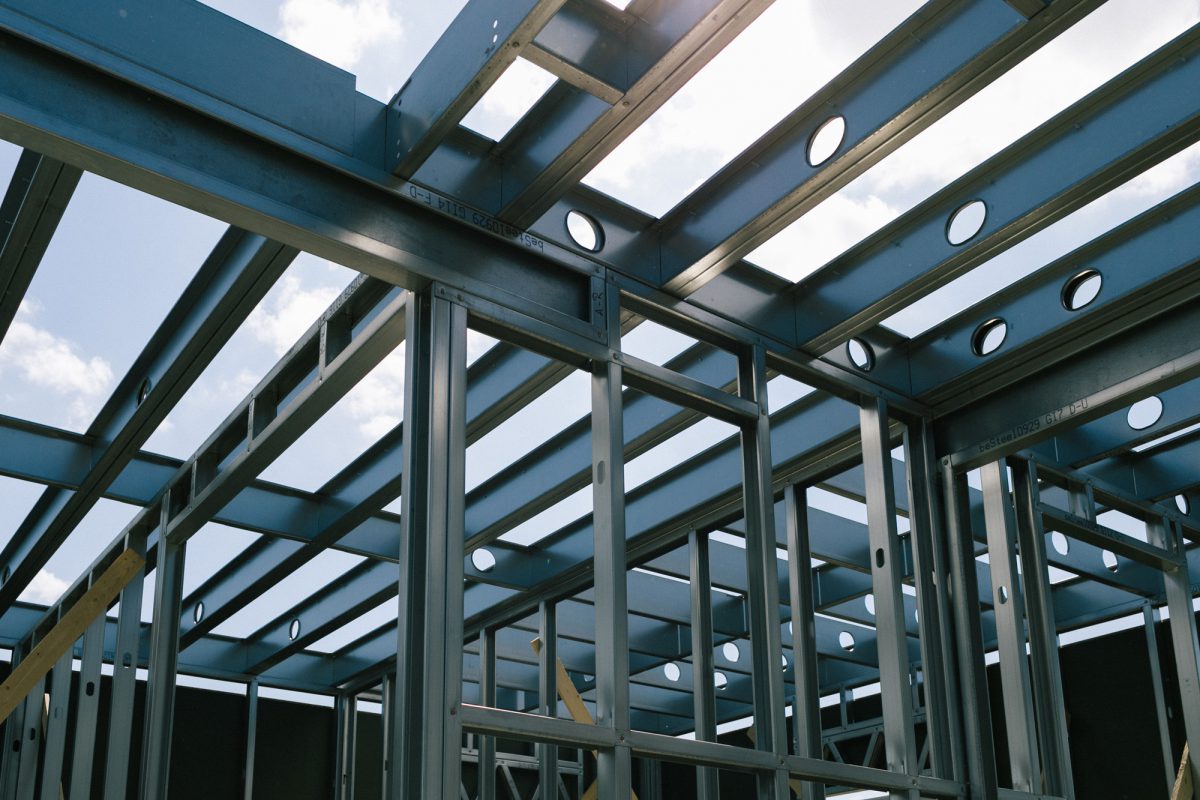
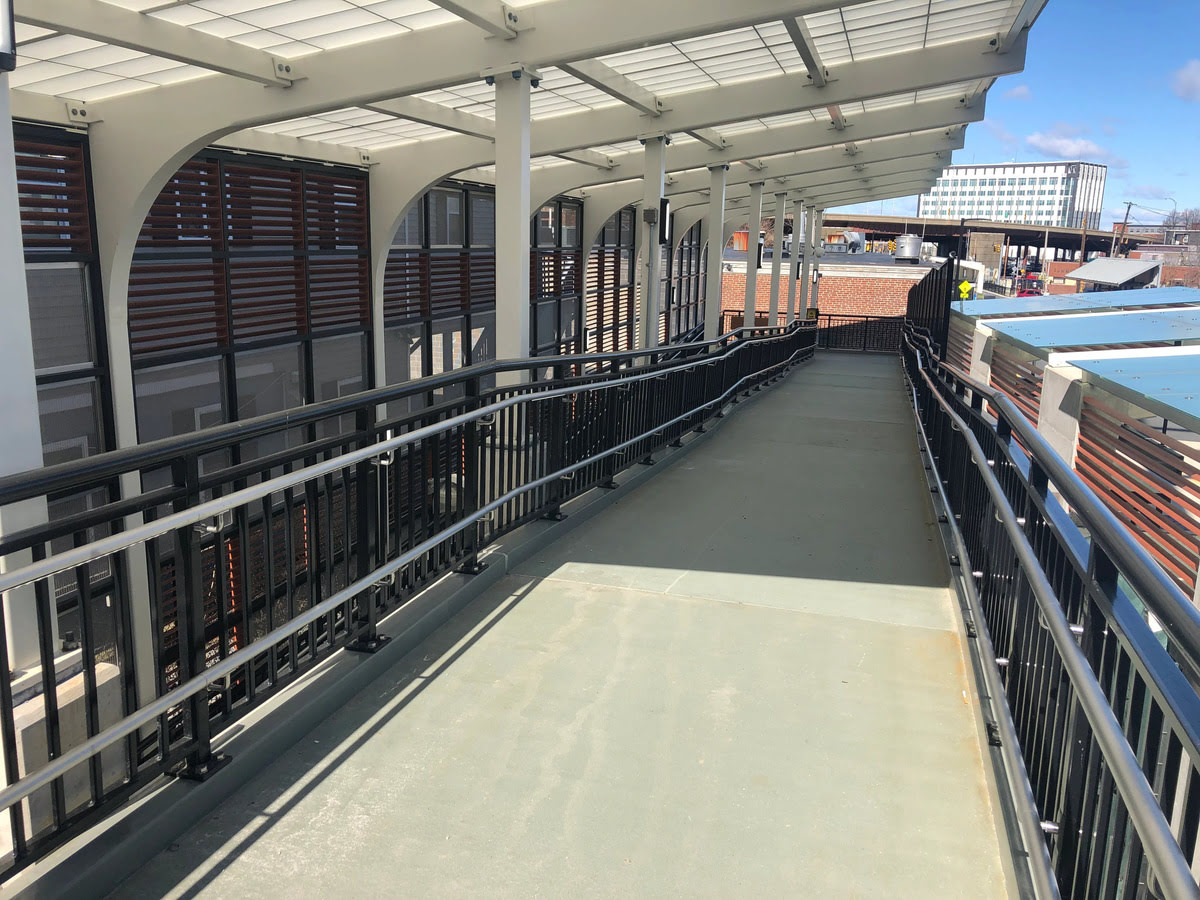

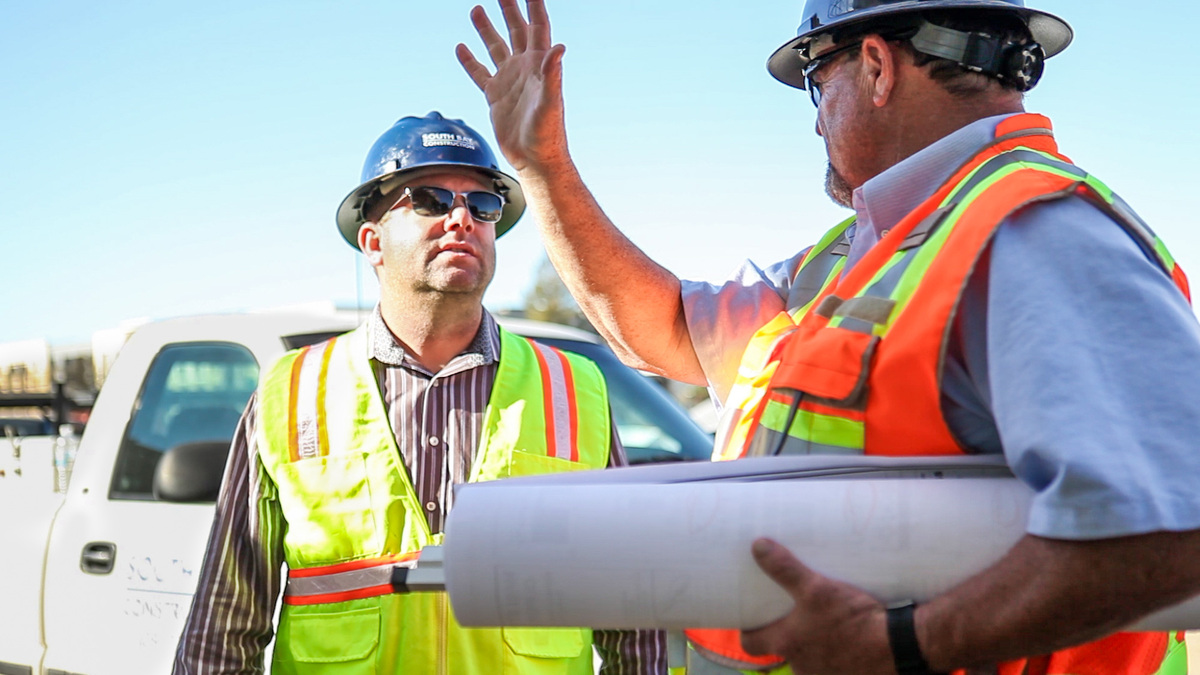

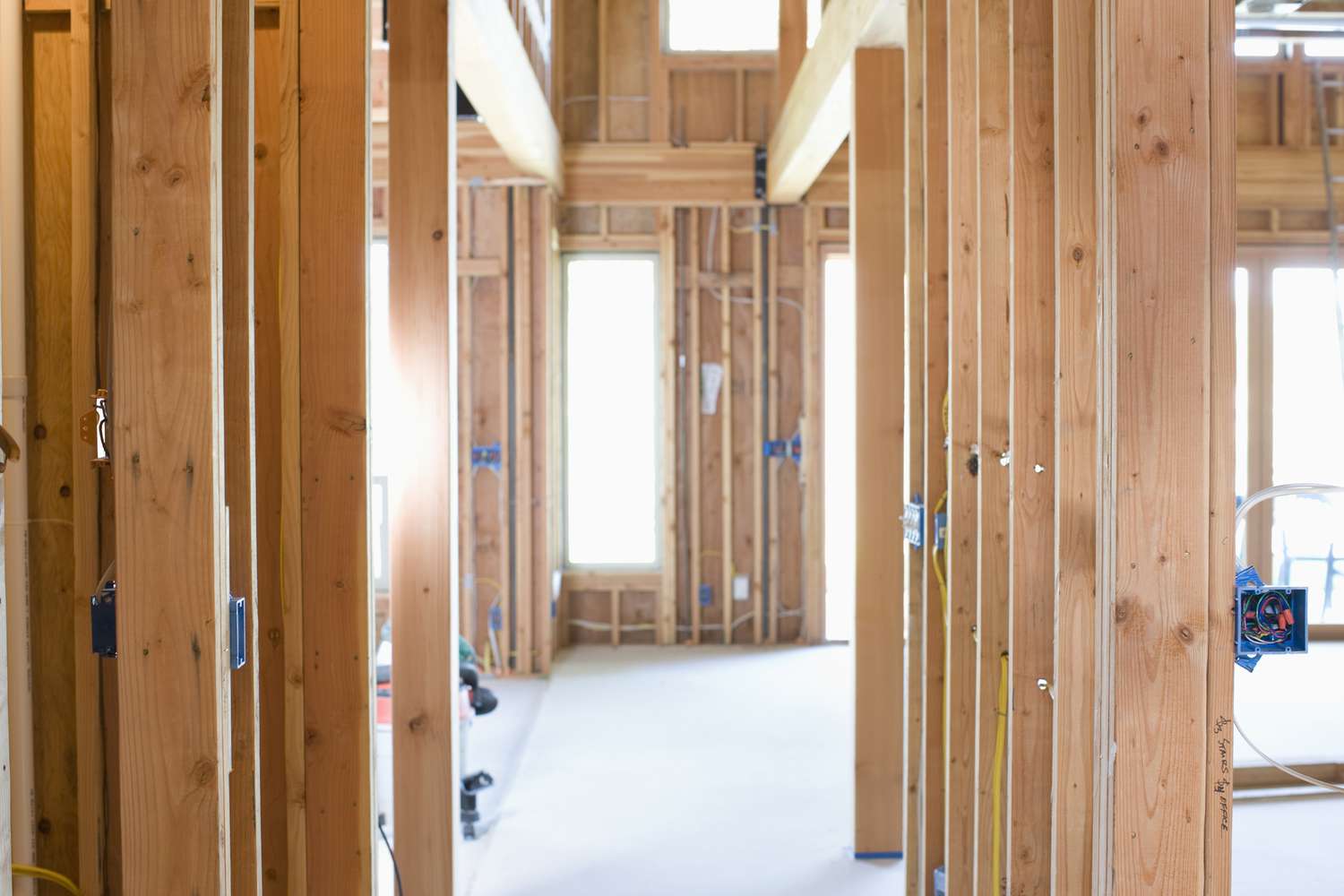
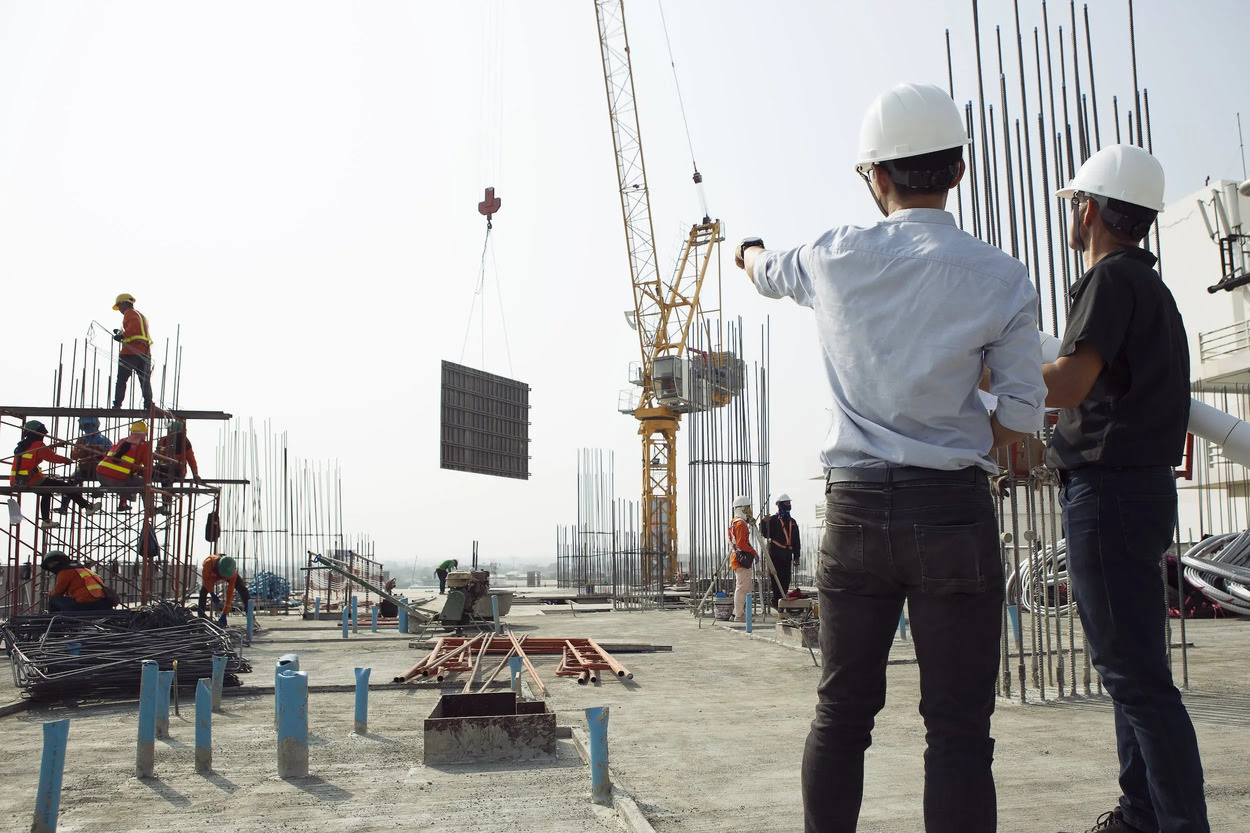
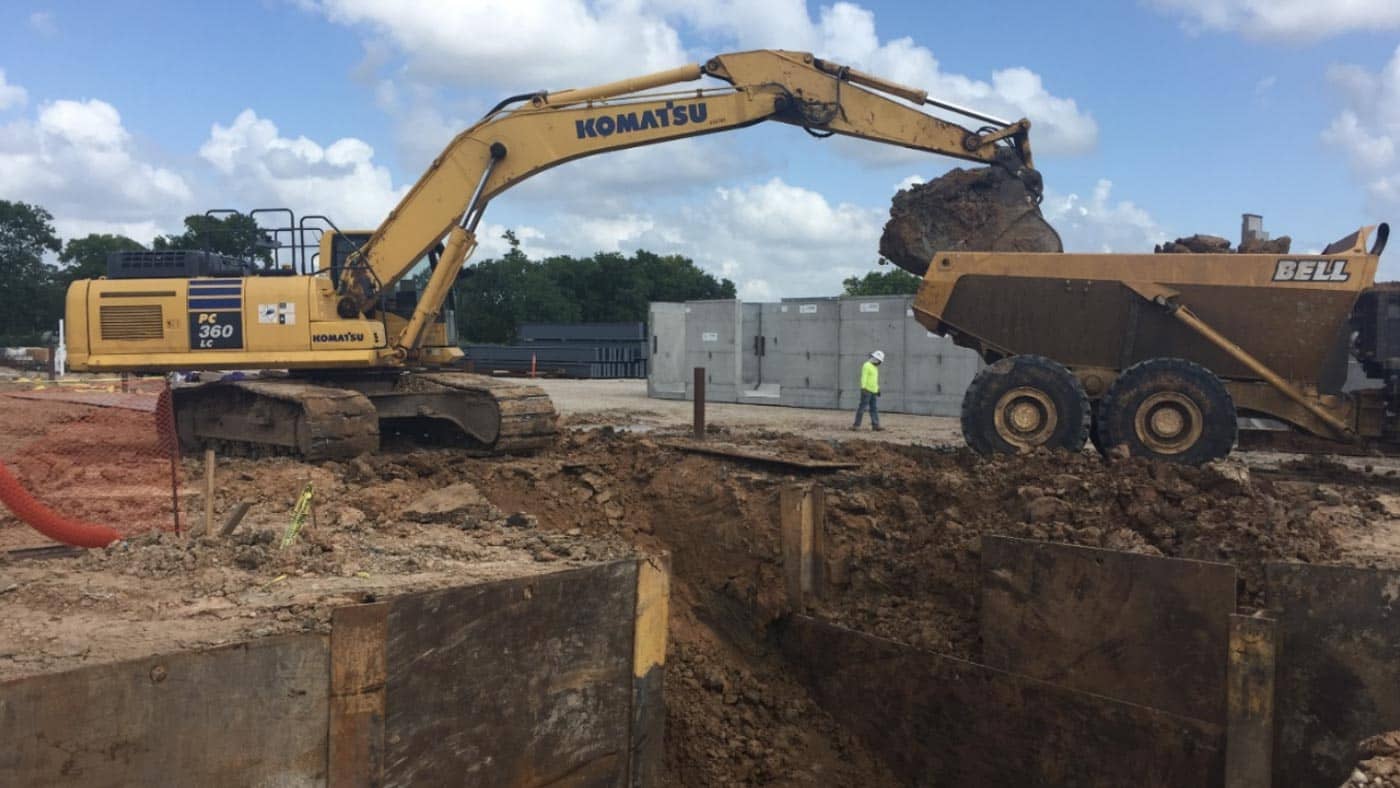
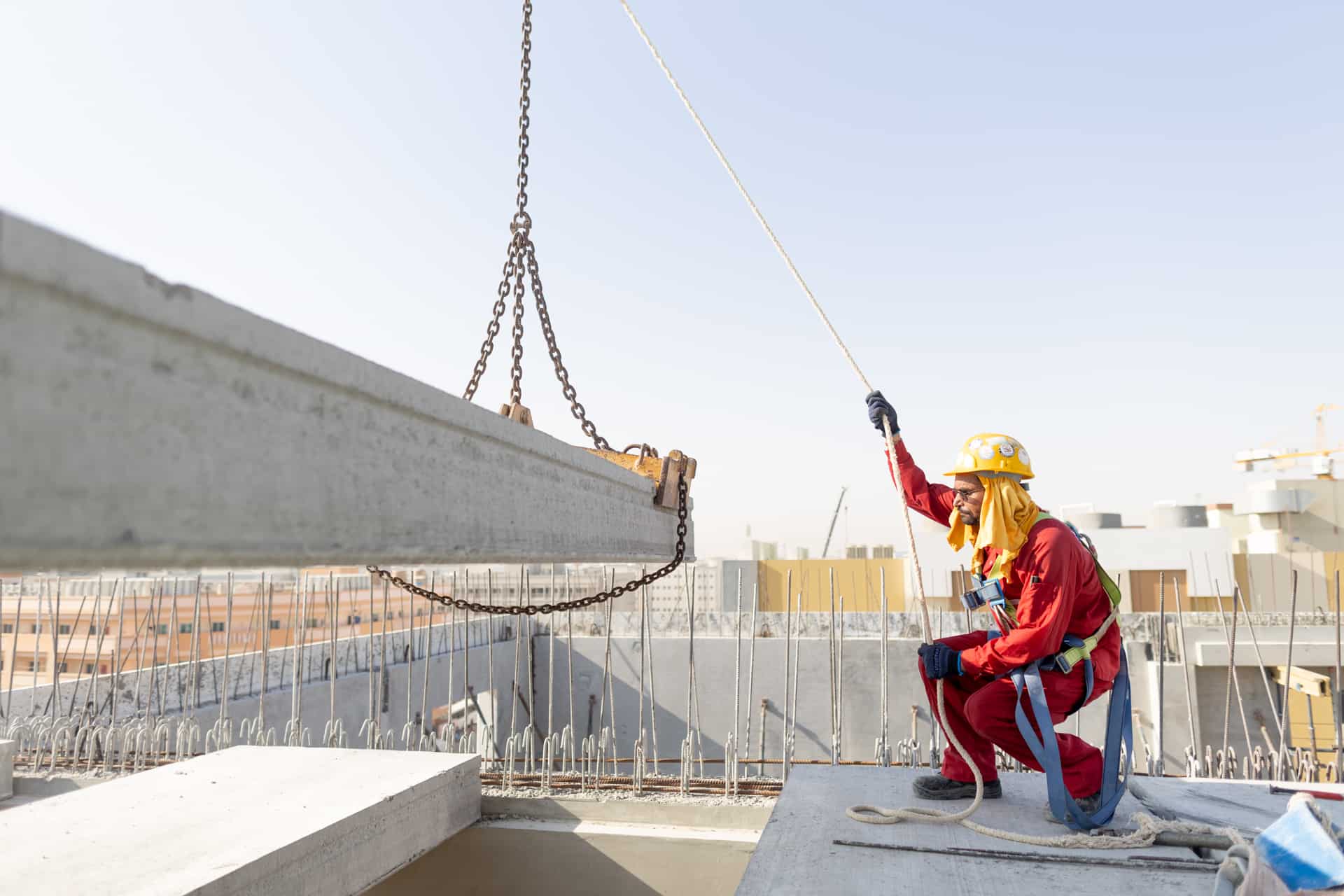




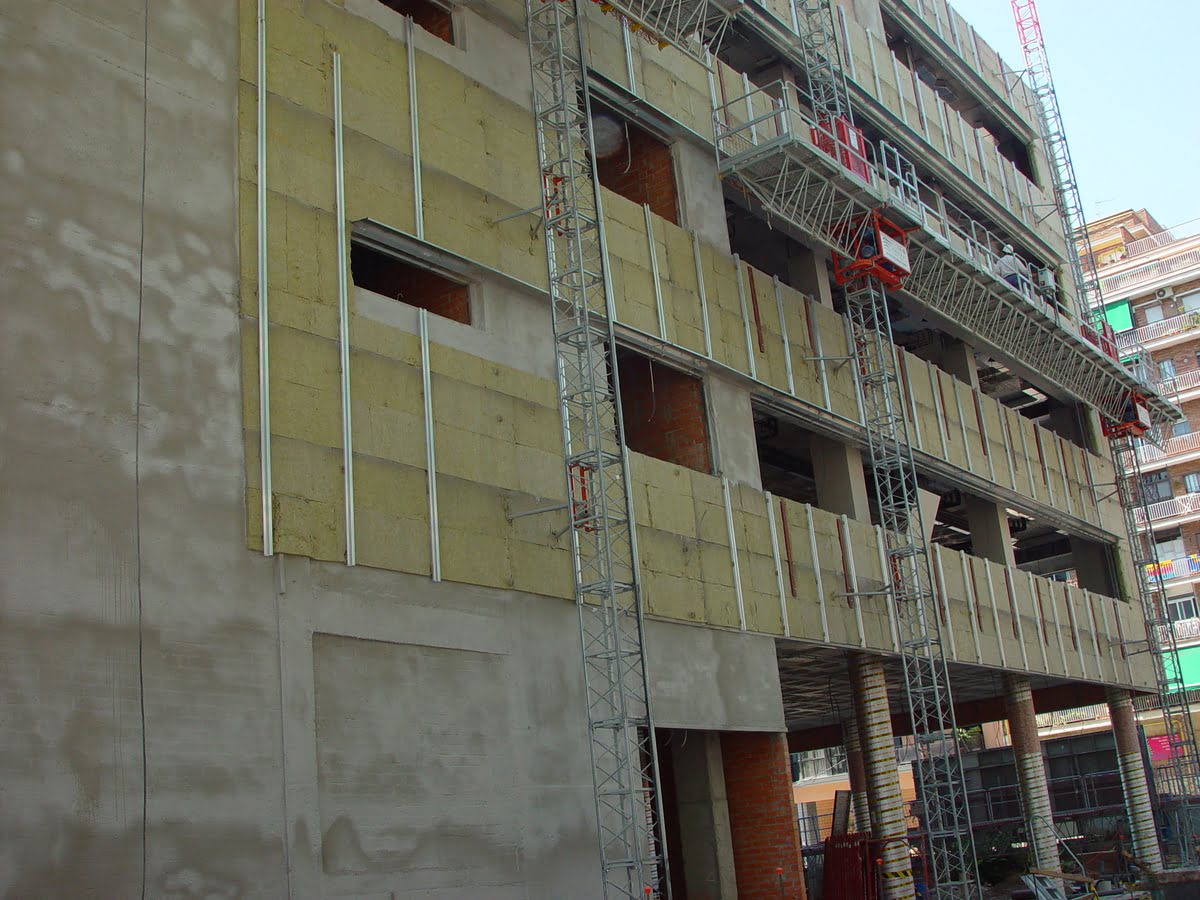

0 thoughts on “What Does Commissioning Mean In Construction”